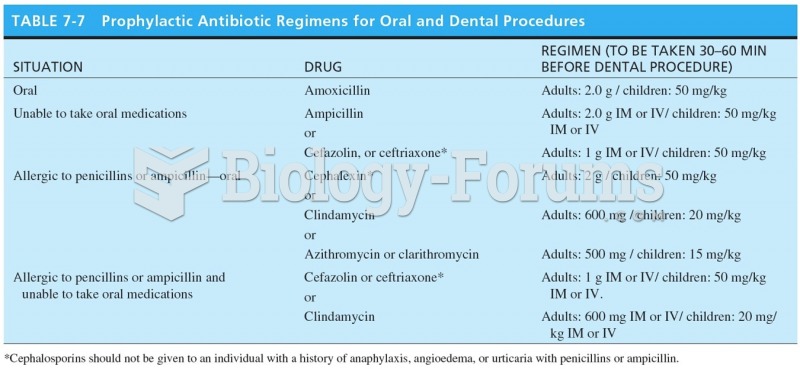|
|
|
Did you know?
More than 20 million Americans cite use of marijuana within the past 30 days, according to the National Survey on Drug Use and Health (NSDUH). More than 8 million admit to using it almost every day.
Did you know?
The first monoclonal antibodies were made exclusively from mouse cells. Some are now fully human, which means they are likely to be safer and may be more effective than older monoclonal antibodies.
Did you know?
On average, the stomach produces 2 L of hydrochloric acid per day.
Did you know?
There are 60,000 miles of blood vessels in every adult human.
Did you know?
Asthma cases in Americans are about 75% higher today than they were in 1980.







